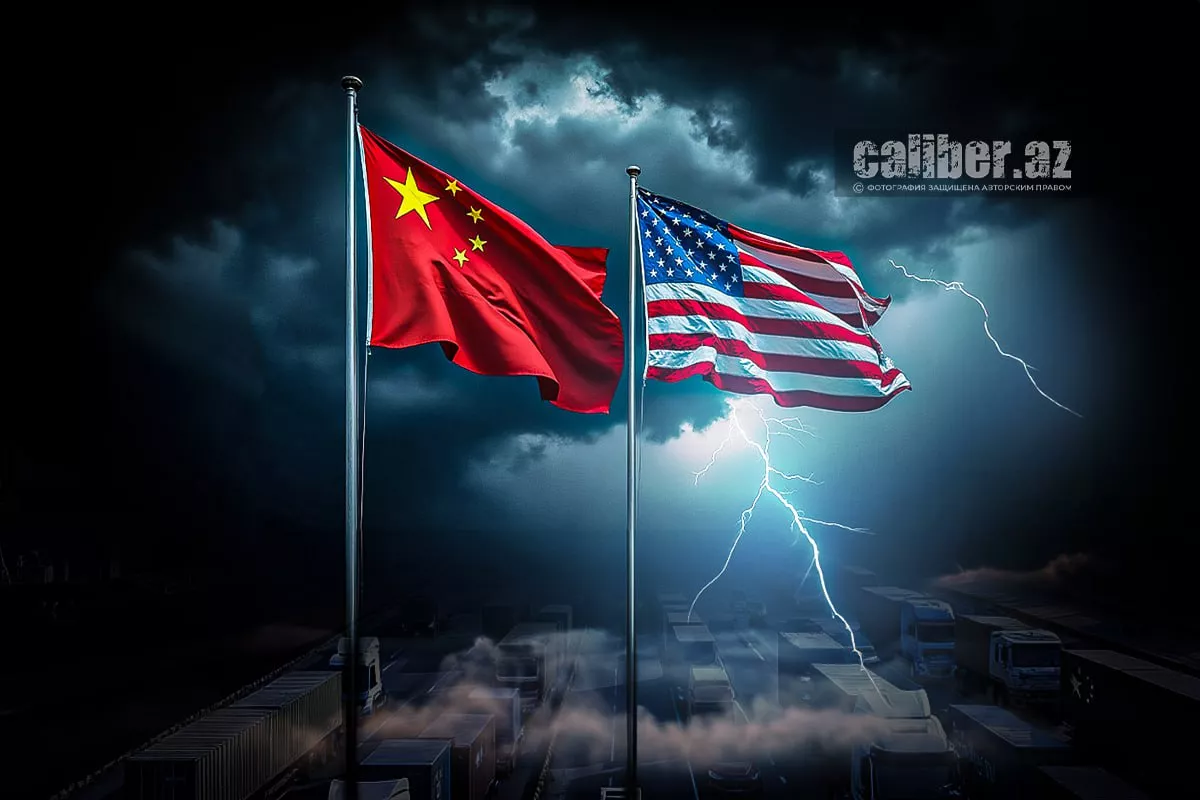China's growing influence in the Indo-Pacific A Strategic challenge for the US
As the U.S. grapples with the rising strategic threat posed by China in the Indo-Pacific, the stakes of global power balance continue to escalate. A recent report by the Council on Foreign Relations highlights China's military buildup and its implications for U.S. dominance in the region, focusing on the vast scale and ambition of Beijing’s geopolitical manoeuvres.
Over the past two decades, China has orchestrated the largest peacetime military buildup in modern history, effectively challenging the U.S. Navy’s global reach. While the U.S. retains a significant qualitative edge, particularly in undersea warfare, China's sheer scale—boasting the largest navy in the world—has shifted the dynamics of military power in the Indo-Pacific. With more warships than the entire U.S. Navy and an unmatched shipbuilding capacity, China is steadily advancing its military capabilities, especially in missile technology and nuclear weapons. According to the U.S. Office of Naval Intelligence, China now possesses 200 times the shipbuilding capacity of the United States.
The growing military power of China, under the leadership of President Xi Jinping, isn't just about a regional arms race; it is about reshaping the geopolitical landscape. The report highlights Beijing's ambitious territorial claims in the South and East China Seas, as well as its strategic pressure on Taiwan, a focal point of tension in the Indo-Pacific. China’s increased military activity around Taiwan—ramping up large-scale military drills and amphibious assault capabilities—signals its readiness for potential offensive operations in the future. These aggressive actions, coupled with Beijing's pressure on long-standing U.S. allies like the Philippines, indicate the urgency of the U.S. response in this high-stakes geopolitical contest.

The article stresses that while the U.S. still holds qualitative advantages, China's growing military capabilities are narrowing the gap, particularly in areas like missile defence and naval warfare. The report underscores the importance of scale in China's strategy, which the U.S. is currently struggling to match. A key insight from the report is the idea that strategic advantage in this era will be determined not just by individual military capabilities, but by the ability to operate at scale. This is where China excels—leveraging its vast industrial base, economic resources, and strategic investments to gain an edge.
The article also explores the role of U.S. allies in countering China’s rise. CFR's Rush Doshi and Kurt Campbell argue that the United States must work closely with its allies—particularly in Europe and the Indo-Pacific—to counterbalance China’s growing influence. The article highlights that without this coalition, the U.S. will struggle to maintain its strategic advantages in the region. Diplomatic efforts, military cooperation, and trade policies all need to align to maintain a united front against China’s ambitions.
However, the report concludes with cautious optimism, pointing to the professionalism and dedication of the U.S. military as a critical asset. Despite the daunting challenges, the capabilities of the U.S. armed forces, combined with strategic partnerships, offer hope for maintaining a strong and credible deterrent against China's expanding influence in the region.
In sum, the Council on Foreign Relations paints a sobering picture of the strategic competition between the U.S. and China in the Indo-Pacific. The challenge for the U.S. lies not only in its own military preparedness but also in its ability to lead a united coalition of allies to outscale China in this high-stakes global competition.
By Vugar Khalilov








